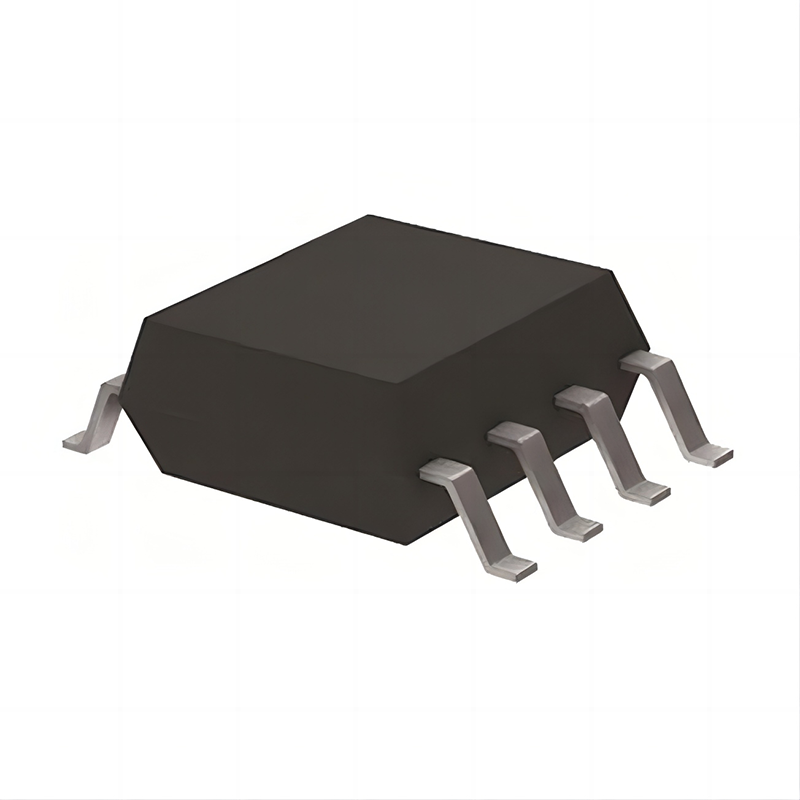In the world of embedded systems, the importance of choosing the right embedded board and system accessories cannot be overstated. These components play a crucial role in the performance, functionality, and reliability of embedded systems, making them essential for developers and engineers. In this blog, we will explore the significance of embedded boards and system accessories, their impact on embedded systems, and how to choose the right components for your specific needs.
Embedded boards are the heart of any embedded system, serving as the central processing unit that drives the system's operations. These boards come in various form factors, such as single-board computers (SBCs), system-on-modules (SOMs), and microcontrollers, each tailored to different application requirements. When selecting an embedded board, factors such as processing power, memory capacity, connectivity options, and expansion capabilities should be carefully considered to ensure compatibility with the intended application.
System accessories, on the other hand, encompass a wide range of components that complement and enhance the functionality of embedded boards. These accessories include but are not limited to power supplies, cooling solutions, storage devices, display interfaces, and communication modules. While often overlooked, system accessories are instrumental in optimizing the performance and reliability of embedded systems, as they address critical aspects such as power management, thermal dissipation, data storage, user interface, and connectivity.
The synergy between embedded boards and system accessories is essential for creating robust and efficient embedded systems. By carefully selecting compatible components and integrating them seamlessly, developers can maximize the capabilities of their embedded systems while ensuring long-term reliability and performance. This integration is particularly crucial in applications where space, power consumption, and environmental conditions are limiting factors, such as industrial automation, IoT devices, robotics, and edge computing.
When it comes to choosing the right embedded board and system accessories for a specific application, several key considerations should be taken into account. Firstly, the intended use case and environmental conditions should dictate the selection of components, ensuring that they can withstand the operational requirements and environmental stresses. For example, industrial applications may require ruggedized embedded boards and accessories capable of operating in harsh industrial environments.
Secondly, compatibility and interoperability between the embedded board and system accessories are paramount. Components from different manufacturers should seamlessly integrate and communicate with each other to avoid compatibility issues and ensure a cohesive system architecture. This is where standardized interfaces and communication protocols play a crucial role, allowing for plug-and-play integration of components from different vendors.
Moreover, the scalability and future-proofing of the embedded system should be considered when selecting components. As technology evolves and application requirements change, the embedded system should be capable of accommodating future upgrades and expansions without requiring a complete redesign. This necessitates choosing embedded boards and system accessories with ample expansion options and long-term availability.
In the realm of Google SEO, the importance of optimizing content for relevant keywords cannot be overstated. When it comes to embedded boards and system accessories, incorporating relevant keywords into the content can help improve its visibility and reach. By strategically integrating keywords such as "embedded board" and "system accessories" into the content, developers and engineers can enhance the discoverability of their content without compromising its readability and value.
In conclusion, embedded boards and system accessories are integral components of embedded systems, playing a pivotal role in their performance, functionality, and reliability. By carefully selecting compatible components, integrating them seamlessly, and considering key factors such as use case, compatibility, and scalability, developers can create robust and efficient embedded systems that meet the demands of diverse applications. With the right combination of embedded boards and system accessories, developers can unlock the full potential of their embedded systems and drive innovation in various industries.

 My Cart
My Cart




